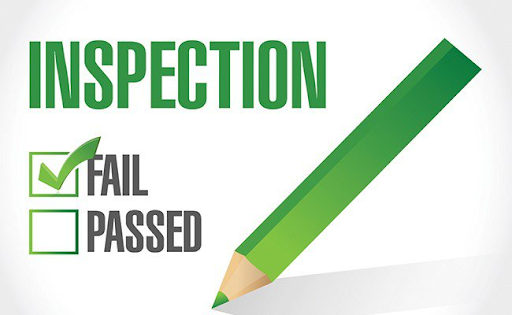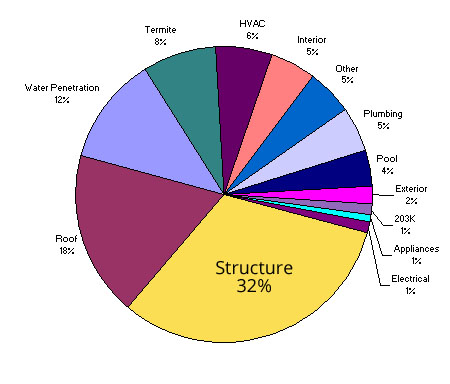One of the biggest deal killers for any real estate transaction is the home inspection. It strikes fear into the hearts of sellers and buyers...even though virtually everything about a home can be repaired or replaced.
The good news is that if you have a great real estate agent and a competent home inspector, you can usually handle a failed inspection report properly without having to panic in the process.
The key thing to remember is that when the home inspection report comes back with negative items, there are always options. A bad home inspection for sellers doesn’t mean there’s a reason for panic.
Let’s take a look at how to handle things if your inspection report comes back bad.
.
What exactly is a home inspection?
To start, let’s talk about what a home inspection is. According to the American Society of Home Inspectors (ASHI), a home inspection is “a documented professional opinion of a home-based on a visual evaluation and operational testing of the home’s systems and components to determine their current condition.”
Before you put your name on the dotted line to buy or sell a home, you should make sure that you understand exactly what a home inspection is and what the associated contingencies mean. A good real estate agent will help you navigate the home inspection process, from setting the date to negotiating any negative results from the report.
Home inspection contingencies are a pivotal part of the home buying process and they need to be handled properly. Otherwise, a lot of money can be lost in the process. Depending on what’s been agreed upon in your purchase and sales agreement, home inspection contingencies might involve some or all of the following stipulations:
-
Identify what types of inspections are going to be conducted
-
Explain to the seller how the inspection will be conducted and what’s expected of the seller during the inspection process
-
Lay out the time frame for the home inspection, including any special inspections
-
Set the time frame for the inspection period to be completed and any repairs as needed
All repairs from the home inspection should be detailed in a formal, written report from the buyer to the seller. Once the negotiations have been completed and the final list of repairs to be completed are agreed upon, the seller will need to get the work completed and then notify the buyer that the work has been completed satisfactorily...including a personal review of the work done by the buyer and buyer’s agent.
Most common issues from an inspection
Unless your home is brand new, it’s likely there are some unseen issues within your home. A good home inspection will reveal what the naked eye can’t see during the first and/or second walk through of a home.
It’s important to note here that a home inspection is for latent defects. If you need new carpets, a new roof, to repair rotting wood, to scrape and paint certain areas of the home, etc., that will usually be identified and negotiated as part of the initial offer.
However, when a home inspection reveals issues like a dangerous crack in the furnace, a pest infestation or mold in the attic, these can be challenging issues that will need to be addressed in order for the sale to progress.
Here are some of the more common repairs needed after a home inspection:
-
Roofing issues: leaks, missing shingles, full replacement needs
-
Electrical: not up to code, frayed wiring
-
Plumbing: leaking pipes, too small pipes, failing/non-working water heaters
-
Foundation problems: cracked or sinking, which can lead to flooded basements/crawl spaces
-
Termite damage
-
Mold issues
-
Windows and/or doors that leak, stick, don't open, or are broken
-
Chimney damage
-
Presence of asbestos or lead paint
Clearly, if these issues are a challenge for one buyer, they will likely be a challenge for most buyers. Not only that, if they go unattended to, these issues can impact the value of the home an even impact the possibility of sale in the future.

